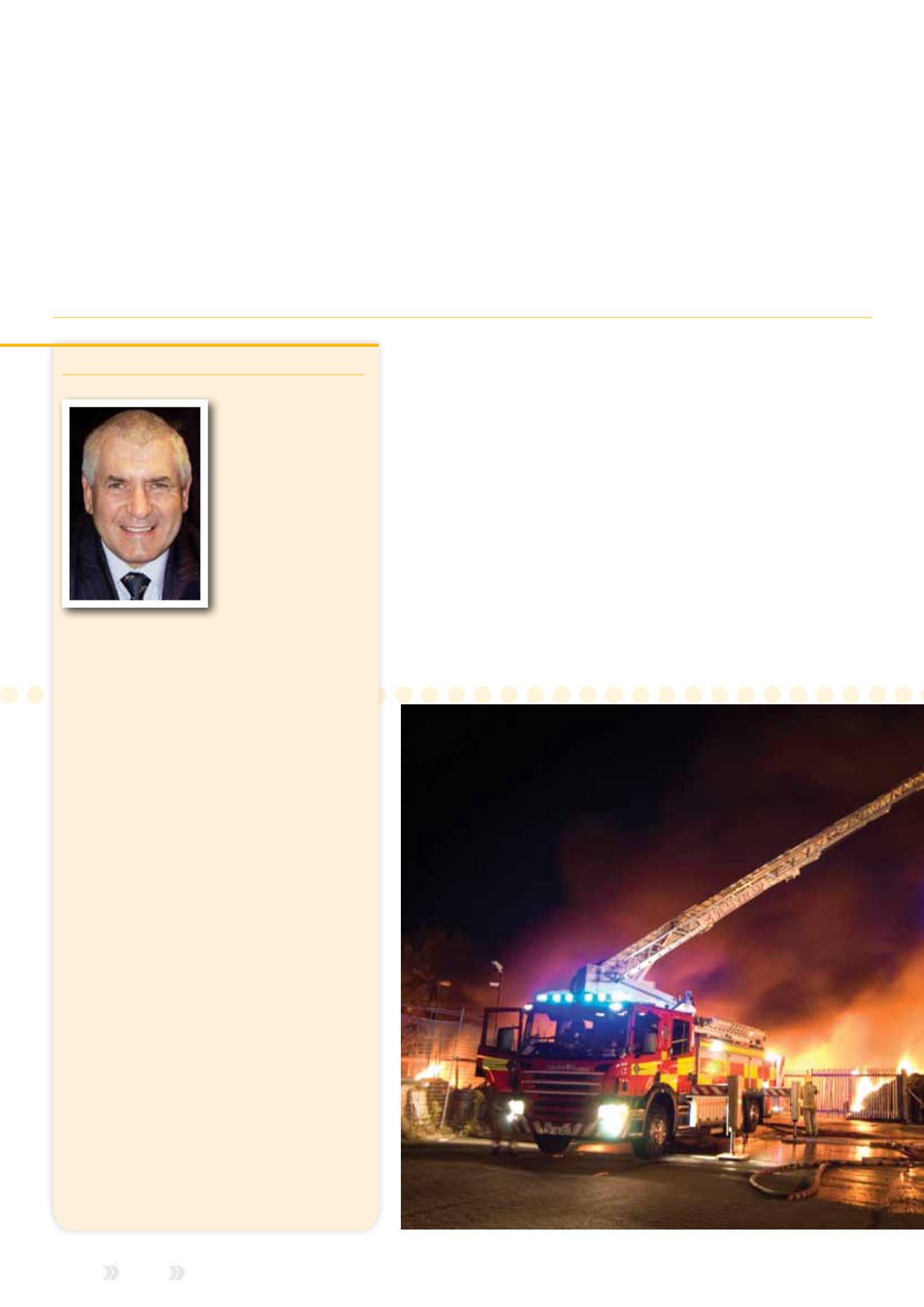
26
|
Reach
Issue 7 2014
The requirement to have effective
communication systems has been
highlighted in many historic public
enquiries and reports in relation to
major incidents and disasters whether
natural or terrorist linked. Public
expectation of the emergency services
is being built to a certain extent by
citizens own exposure to, and use,
of sophisticated communications
technology and regular close scrutiny
of service delivery by the media.
With technology moving forward, and
increasing demands on the emergency
services, I pose the question ‘what
does it take to provide mission critical
communications?’ and examine the
importance of getting it right.
G
reat Britain’s emergency
services are hierarchical
organisations with well-
developed command and control
structures, policies and practices
that have evolved over time and
have been regularly tested as
society and natural phenomena
have made demands upon them.
The need to effectively communicate
with their resources, deploy them, and
receive reports on their availability and
updates on incidents is perhaps more
important today than it has ever been.
This is due to increasingly demanding
public expectation and a general
reduction in human resources due to
austerity measures.
What does it take
to provide mission
critical communications?
This issue’s guest writer
Keith Turner
OStJ, QPM
The guest writer for
this edition of Reach
is Keith Turner. A native
of Carmarthenshire,
Keith initially trained
as a secondary school
teacher. However,
following qualification
he chose a career as
a police officer and
joined the Dyfed Powys Police in 1972, becoming
Deputy Chief Constable in 1997. In 1999 Keith became
the Chief Constable of Gwent Police.
Keith has held national roles for the Association of Chief
Police Officers in the General Policing and Information
Management Business Areas where he was Deputy
Chair. Keith also led for the Police Service in the field of
Information and Intelligence Sharing and Communications.
In 2002 he became a member of the Airwave
Programme Board and very shortly afterwards became
its Chair steering the PFI during the very successful Crest
programme which accelerated the service roll out to forces.
Following Keith’s retirement from the Police Service
in 2004 he was invited by the Permanent Secretary
at the Home Office to become a member of the
Police Information and Technology Organisation (PITO)
Review Team.
Keith has been Chair of the Dyfed Powys Probation
Trust Board, Chair of the Wales Probation Chairs and
Chiefs group and the Senior Responsible Owner (SRO) of
the All Wales Probation Trust Project which successfully
applied to merge the existing four boards into one Trust.
Keith now runs a consultancy business in partnership
with his wife Isobel offering strategic and communications
advice to organisations associated with the Police and
Security Services.
In March 2012 Keith was appointed as a Non
Executive to the Airwave Solutions Ltd. Board where his
main responsibility is to present the customer perspective.
He is now a senior advisor to the Board. Keith was Chair
of the national police registered children’s charity Child
Victims of Crime until April 2011 and remains a Trustee.


